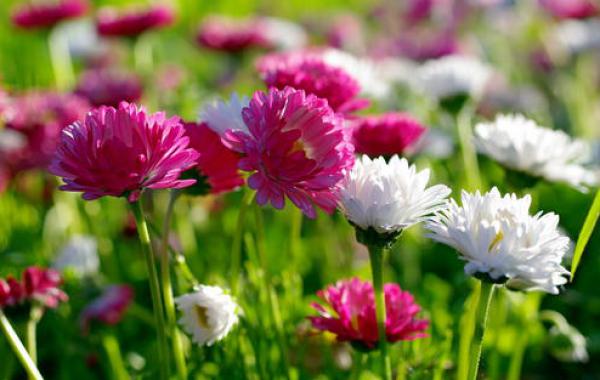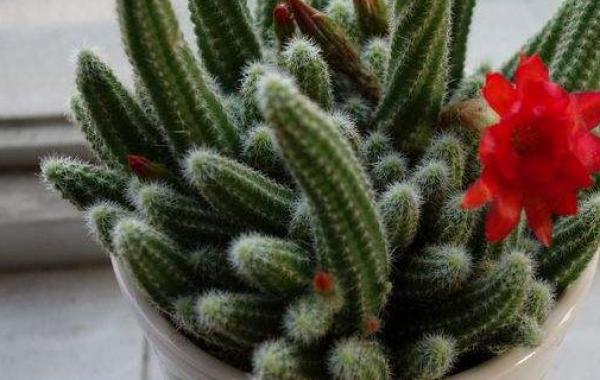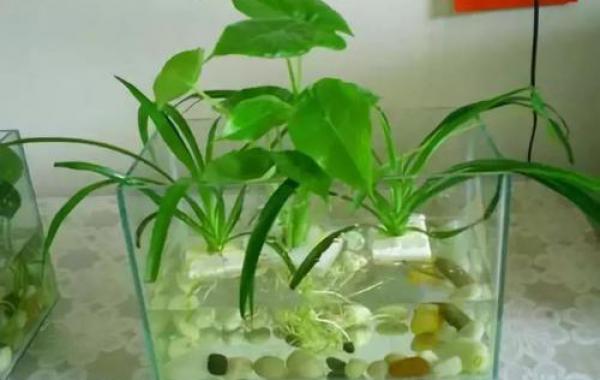How to manage the top ten famous flowers overwintering?

How to manage the top ten famous flowers overwintering.
The following is an introduction to the overwintering management methods of the top ten famous flowers:
The potted peony should be buried in the sunny flower bed for a long time, and can be dug up and moved indoors to watch only when the bud is budding, otherwise it is not easy to blossom without freezing. Frosts Descent cut off the leaves before leaving the petiole to protect the axillary buds. Then wrap the branches with grass rope and wrap them with three layers of newspapers to spend the winter.
Rose potted rose entered the house in late October, cut off sick and weak branches, left 8 to 5 strong branches, cut off from 10 to 15 centimeters, placed indoors in the dark, controlled fertilizer and water. You can get through the winter as long as it doesn't freeze. Winter flower observation should be in 0 ℃ environment: after 30 ℃ 40 days, move to 12 ℃ to 14 ℃ for maintenance, budding temperature 17 ℃ to 18 ℃, enhanced light, proper topdressing, control of diseases and insect pests, can blossom.
After the plum blossom leaves fall in autumn, move into the indoor cool place, give appropriate light, keep the basin soil moist, indoor do not freeze can safely pass the winter. Move to the sunny and warm place about 20 days before the Spring Festival, keep 5 ℃ 10 min proper fertilization and watering, and blossom during the Spring Festival.
Chrysanthemum chrysanthemum should protect the perennial root from freezing and sprouting, and it is dormant. If the tillering buds have been formed at the turn of autumn and winter, the cuttings can be placed under the semi-overcast condition of 4 ℃ 5 min. After blooming, cut the stem and leave the stubble in a sunny place of 10m / 15cm, cover properly, move to a cool place before the severe winter, keep the soil below 5 ℃ from freezing, and the soil is not wet and dry, so as to dormancy.
Rhododendron enters the house in mid-late October (after the emergence of early frost), no less than 5 ℃ can survive the winter safely. To watch flowers in winter, 12 ℃ room temperature should be given, properly watered and fertilized to make the potted soil wet and dry, cool boiled water or improved tap water or alum fertilizer water, free from direct sunlight at noon.
There are four ways to manage orchids: "Spring does not come out, summer does not come out, autumn is not dry, and winter is not wet." In late autumn and winter, strong light should be given to make the growth strong. When entering the house in the first ten days of October, the basin soil is slightly drier than that in summer and autumn, but the air humidity should be higher, and the room temperature should not be less than 5 ℃.
Camellias enter the room in early October (before Cold Dew Festival), can see the sun and avoid the direct sunlight at noon, the room temperature is not less than 0 ℃. If the soil is too wet, the roots will rot. Pour cold boiled water and add 0.05% ferrous sulfate. The leaves are often sprayed with warm water close to room temperature to keep it fresh and green. In 10 ℃-18 ℃ environment, it can blossom in a month. If the temperature is too high, it will blossom and wither early.
One. Temperature (each flower has its own low temperature tolerance limit, you can search for it):
1. For cold-resistant low-temperature, cold-temperature (5-12 ℃, 5-℃) flowers, such as pomegranate, rose, wax plum, sweet-scented osmanthus, palm, pedicel begonia and crape myrtle, can be placed in the outdoor courtyard or balcony facing the sun.
two。 Flowers that need to be kept at a medium temperature (12-20 ℃), such as Magnolia, Camellia, Azalea, Michelia, Gentleman, Golden Bell and four Seasons Begonia must be moved indoors before the temperature drops to 10 ℃.
3. For flowers that can only grow normally in high temperature (18-30 ℃), such as Milan, Fusang, jasmine, Cinnamomum mongolicum, daffodils, epiphyllum, lotus, cactus, cactus and aloe, etc., must be moved indoors before the temperature drops to 12 ℃, put the flowerpot on with a plastic bag before the temperature drops to 5 ℃, and tie the plastic bag tightly, leaving a small number of pores on the bag to facilitate ventilation. Around noon when the weather is clear and windless, move outside to bask in the sun for a few hours and then move back to the room to keep warm.
How to grow flowers in winter (overwintering management)
two。 Pruning: potted flowers should be pruned before overwintering in order to reduce nutrient consumption and indoor space during overwintering.
three。 Fertilization: apply fertilizer once and pour enough water before overwintering. When overwintering, flowers generally stop fertilizing.
four。 Watering: generally, it is necessary to keep the basin soil dry and water less. The watering time in December should be 3 to 4 hours before and after noon, and the water temperature should be basically consistent with the air temperature and soil temperature, so as to avoid adverse reactions caused by low water temperature.
five。 Ventilation: pay attention to regular ventilation, preferably in sunny days, or at noon when the temperature is high. When ventilating, we must also pay attention not to let the cold air blow the plant directly, so as to avoid adverse reactions.
six。 Beginning of spring: at the beginning of next spring, generally during the period from the Spring Equinox to Qingming Festival, overwintering flowers can be moved outdoors one after another and applied with fertilizer and water, such as bio-organic fertilizer, yellow leaf treatment, trace element water-soluble fertilizer, etc., so that flowers can grow normally in spring.
Seven. Pest control: for flowers and trees that are prone to diseases and insect pests in the leaves of begonia, roses and camellia, collect and burn the litter under their plants, which can reduce the occurrence of diseases next year. At the same time, carbendazim was sprayed for sterilization. For Botrytis cinerea of * * disease, rust and primroses, triadimefon or tocopherol can be used to prevent and cure respectively. When there is poor ventilation, aphids often appear on potted plants, such as Magnolia, Milan and so on. Imidacloprid can be used for control. For scale insects, of course, it is necessary to use targeted scale control.
Related
- What if the leaves of potted flowers turn yellow?
- Florescence Control of several Flowers
- Anti-freezing technology and post-freezing nursing technology of flowers
- What is the classification of flowers? What are the common methods of flower classification?
- Prevention and control of alkali and acid damage of flowers in courtyard
- Technology of Anti-freezing and restoring growth of Flower seedlings in greenhouse and greenhouse
- How does flower fertilization not hurt the root? Fertilization technology of flowers
- Key points of disinfection in flower greenhouse
- Several pesticides that are banned or used cautiously in flowers
- How to fertilize the flowers that watch the leaves?



